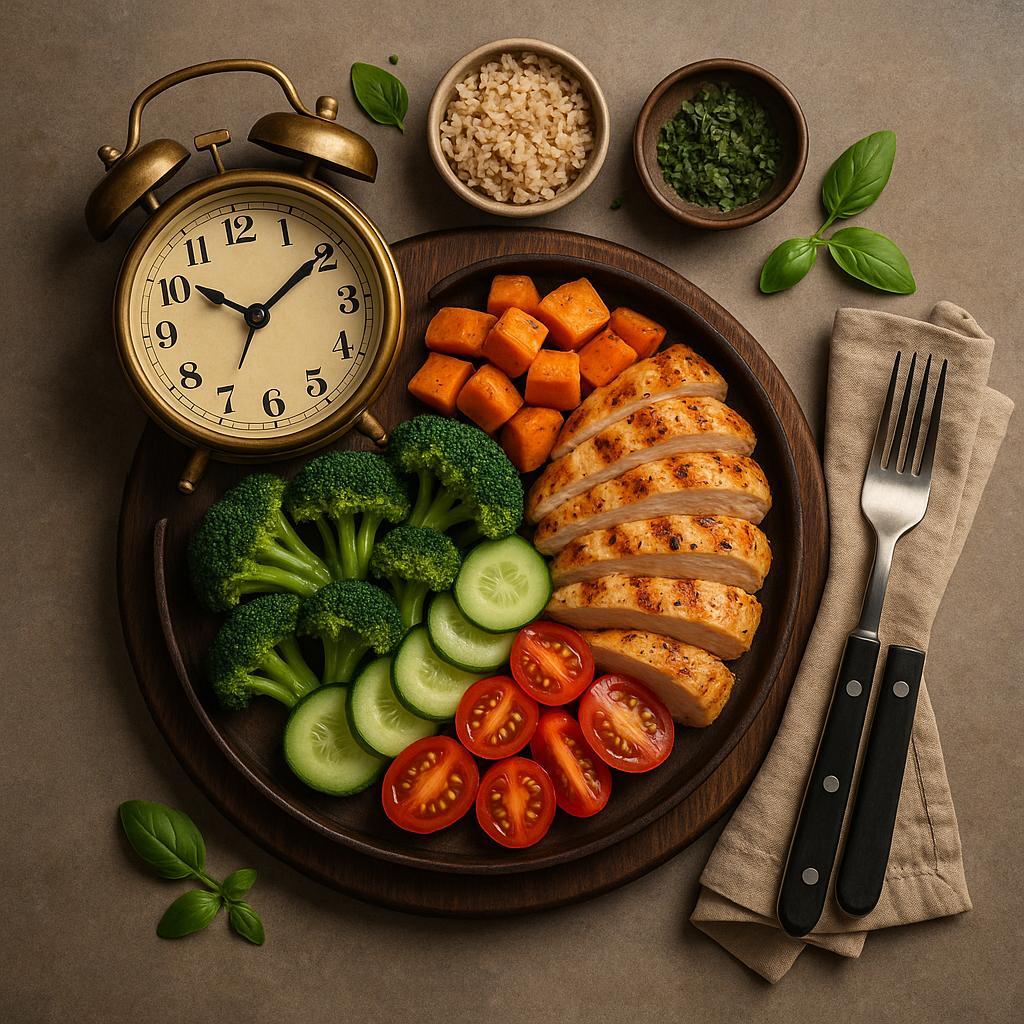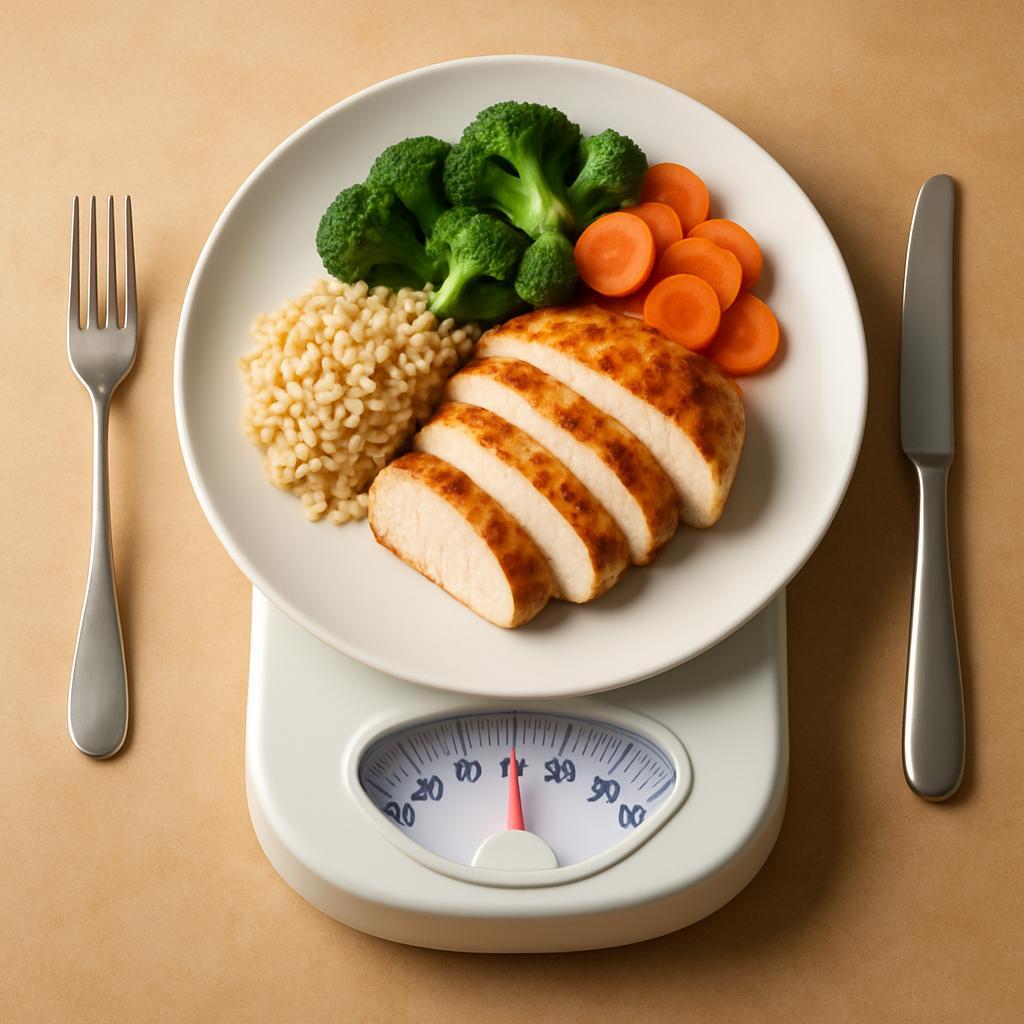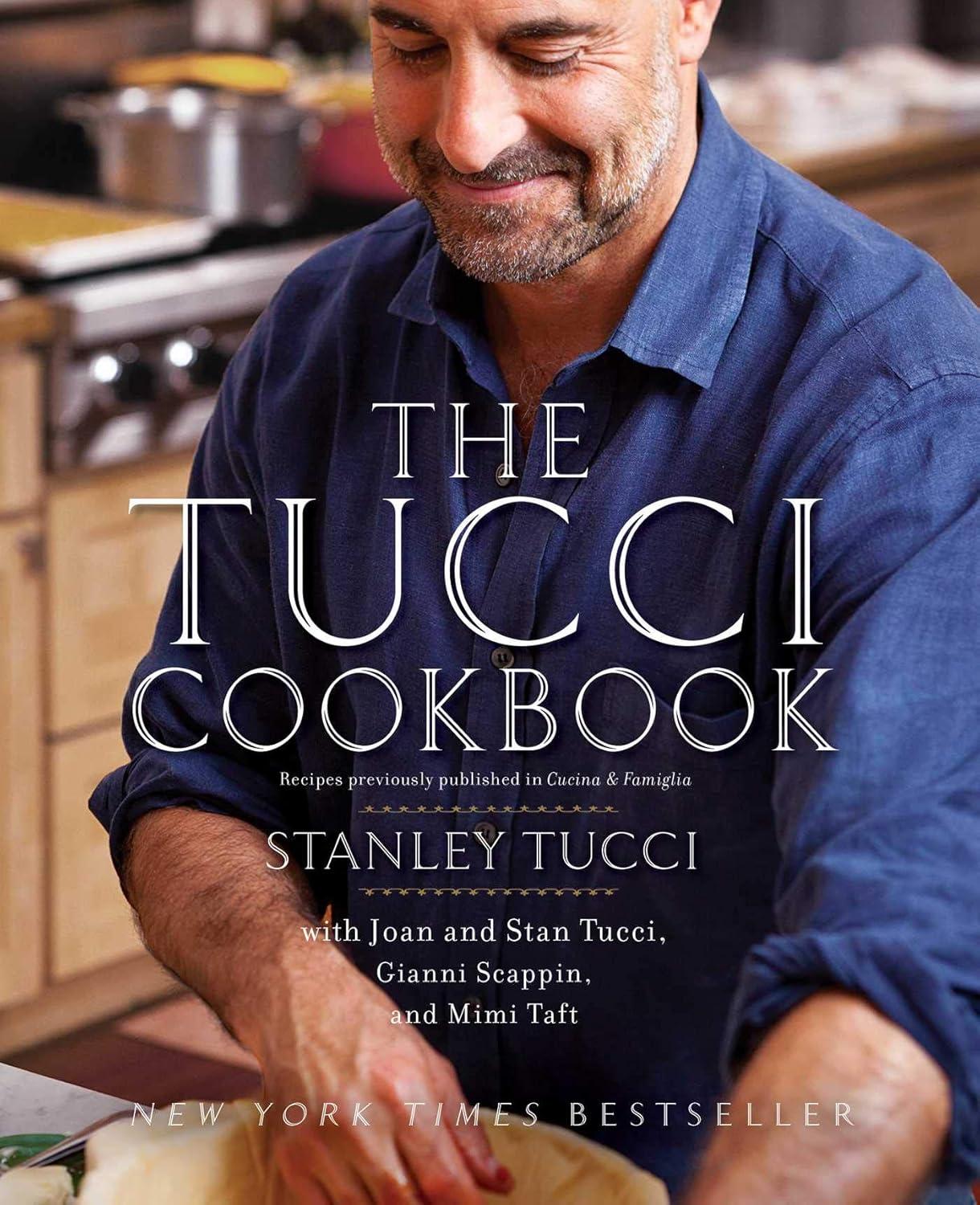Milk Street: Cook What You Have turns pantry odds into dinner

What if dinner started with what’s already in your kitchen? Milk Street: Cook What You Have takes aim at the nightly scramble-those moments when the fridge looks sparse, the pantry mismatched, and a grocery run feels like one task too many. Its promise is simple but ambitious: show home cooks how to turn everyday odds and ends into real meals.
This review looks at how the Milk Street team translates that promise into practice. The book leans on a clear, adaptable approach-less about chasing specialty ingredients, more about smart techniques and strategic swaps. It stakes its value on practicality without dulling flavor, offering a framework meant to guide improvisation rather than demand it. We’ll consider how accessible its methods are, how flexible its substitutions feel in a typical kitchen, and whether its flavor-forward style fits the brief of cooking what you already have.
Table of Contents
Pantry driven recipes and flexible swaps
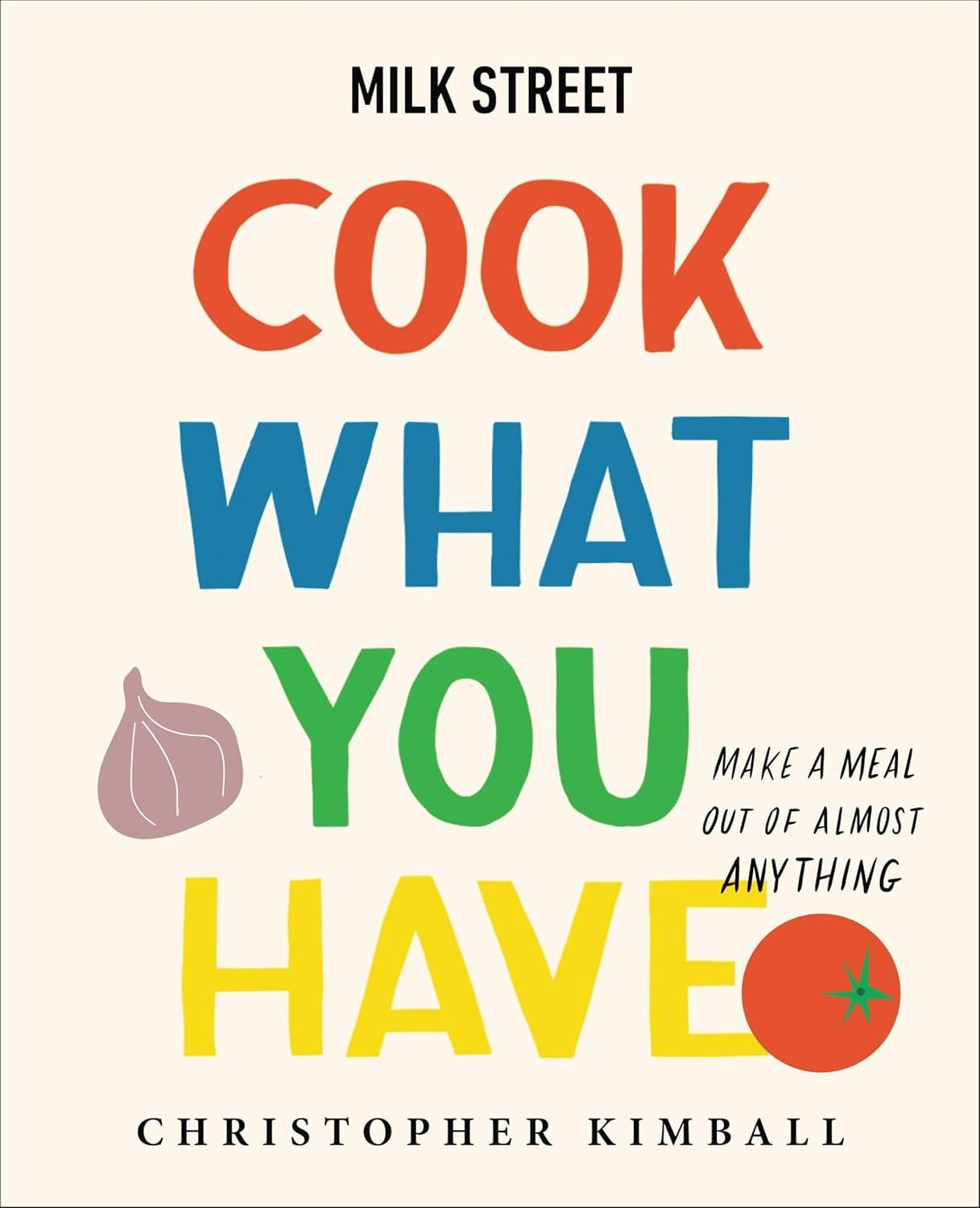
Built around the way real home kitchens look on a Tuesday night, this guide excels at turning a half-bag of rice, a dented can of tomatoes, or a lone bunch of wilting greens into dinner you actually want to eat. The layout and headnotes nudge you to start with what’s on hand, then layer flavor with smart, low-effort techniques-think skillet reductions for quick pan sauces, sheet-pan roasting to coax sweetness from vegetables, and bean cookery that doesn’t taste canned. The standout feature is how confidently it handles substitutions: clear, targeted swap suggestions (e.g., canned fish for fresh, yogurt for cream, miso for Parmesan’s umami) are woven into the recipes rather than tossed in as afterthoughts, so you know when to adjust heat, liquid, or salt. The result is nimble cooking that cuts grocery runs, prevents waste, and builds intuition. It feels like having a seasoned cook at your elbow saying, “Use this instead-and here’s how to keep the texture right.”
That flexibility has boundaries, and the book is refreshingly honest about them-some bakes and delicate dishes are less forgiving, and swaps can shift timing or texture if you’re not attentive. You’ll also get the most from these recipes if your pantry goes modestly global; staples like harissa, gochujang, tahini, fish sauce, or smoked paprika appear often, which is great for flavor but may require a small stock-up. Still, the tradeoff is compelling: fewer strict shopping lists, more adaptable frameworks, and techniques that teach you why a substitution works rather than asking for blind trust. Ingredient-forward indexing makes it easy to start with “cabbage” or “chickpeas” and land on a dinner that’s both practical and fresh, and the tone never drifts into cheffy gatekeeping. For cooks who value autonomy and flavor without fuss, the pantry-first approach here is the rare promise that actually delivers.
Layout design and usability at the stove
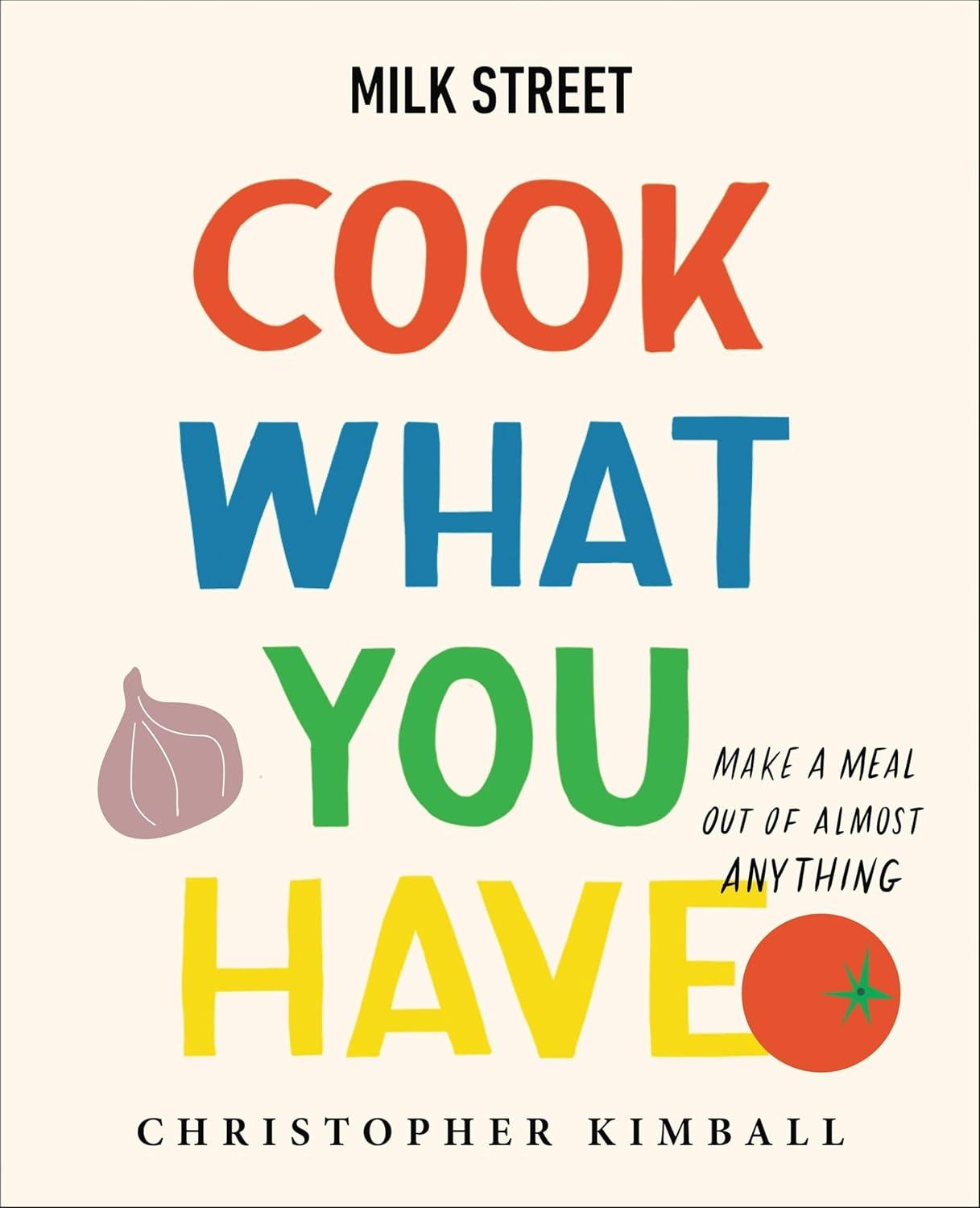
On the counter, this cookbook is easy to navigate mid-sauté: recipes are kept to clean, uncluttered spreads with high-contrast type and a clear hierarchy that makes the eye land first on time, yield, and pan size. Steps are numbered and concise, and most are limited to one actionable idea per line, so you’re not scanning for the next move while something is browning. I appreciate that temperatures, pot/pan cues (skillet vs. Dutch oven), and timing estimates appear where you need them rather than buried in headnotes. Sensory checkpoints-phrases like “until lightly charred,” “simmer until thickened,” or “stir until glossy”-pair with minutes to make heat management at the stove more forgiving. The result is a layout that minimizes page-flipping and keeps you cooking instead of rereading.
What sets it apart for real-time usability is how it supports substitution without derailing your rhythm. Alternatives are typically presented as parentheticals or short callouts, so swapping in chickpeas for beans or spinach for chard takes a glance, not a detour; that aligns perfectly with the book’s “use what you have” ethos. Ingredient lists generally follow cook sequence, which helps you stage mise en place quickly, and bolded section breaks inside longer recipes act like pause points for cleanup or prep. On the flip side, not every recipe includes process photos, so beginners may rely more on those textual cues, and a few substitution notes live in the headnote rather than the step where the decision happens-meaning you’ll want a quick pre-read before the burner is on high. Still, the overall flow-single-spread recipes, clear timing and sensory cues, and practical substitution callouts-makes it unusually friendly for weeknight cooking at the stove.
Flavor payoff weeknight speed and value for money
Bold flavor from everyday staples is the throughline here, and the techniques are dialed for weeknights. Expect smart moves like blooming spices in oil, charring veg hard and fast, and finishing with a bright hit of citrus or vinegar to make canned tomatoes, beans, and eggs taste restaurant-level. In testing, dishes like a garlicky chickpea “puttanesca” and a smoky tomato rice used pantry cans and one skillet, delivering deep, layered results in 25-40 minutes with minimal prep. The book leans on umami boosters-tomato paste, soy sauce, anchovies-used in teaspoon amounts that punch above their weight, plus time-savers like broiler-roasting and sear-then-steam for tender proteins. If you cook on autopilot after work, the stepwise cues (when to salt, when to add acid, when to rest) do the thinking for you, so you get high payoff without hovering over the stove.
Value shows up in how effectively it reduces grocery runs and food waste. Recipes are organized around what’s already at home-eggs, rice, pasta, canned beans, frozen veg, tortillas, and greens-with clear substitutions that let you swap spinach for kale, or white beans for chickpeas, without tanking texture or timing. The indexing by ingredient and concise headnotes make it easy to mine the fridge for a dinner plan, and dual measurements help whether you cook by cups or grams. On the flip side, a few flavor-boosters (gochujang, harissa, Aleppo pepper) may nudge you to upgrade the pantry, and some “fast” recipes still clock closer to 40 minutes if you’re a slower chopper. Overall, the book earns its shelf space by turning low-cost staples into repeatable, high-impact meals that feel fresh, not frugal.
Comparisons with other practical cookbooks
Compared with stalwarts like Mark Bittman’s How to Cook Everything and Samin Nosrat’s Salt, Fat, Acid, Heat, this volume is less a technique bible and more a road map for turning what’s already in the fridge into dinner. Its organization around everyday staples-think eggs, canned tomatoes, beans, cabbage, rice-gives it a practical edge, and the recipes consistently provide explicit “use-this-instead” swaps that make substitutions feel intentional rather than last-ditch. Where Bittman favors breadth and Nosrat emphasizes principles, this book marries Milk Street’s globally inspired flavor play with weeknight-speed methods that rarely require special equipment. The headnotes and concise sidebars explain why a swap works (acidity, texture, heat, or umami), building confidence without drifting into culinary theory, and the photo-rich layouts are easier to cook from than text-dense classics.
Stacked against Sam Sifton’s New York Times Cooking: No-Recipe Recipes and Pam Anderson’s How to Cook Without a Book, it offers more guardrails-precise measurements and timing-while still encouraging pantry-first improvisation. It’s also more adventurous than many America’s Test Kitchen weeknight collections, leaning on spices and condiments like harissa, gochujang, and Aleppo-style pepper; newcomers get credible fallback options when those aren’t on hand, but cooks who cling to a strictly “basic” pantry may feel nudged to expand. The trade-off is worthwhile: you get reliable, tested outcomes with fresher flavors and smart “use-it-up” strategies for leftovers and odds and ends. If you want encyclopedic technique, look elsewhere; if you want repeatable dinners from whatever’s in the crisper and pantry, this sits at a sweet spot between freestyle and foolproof.
Customer Reviews Analysis
Customer reviews paint a picture of a cookbook that turns pantry orphans into weeknight heroes. Readers consistently highlight the book’s clever organization and globally inspired flavors, noting that it encourages rummaging, creativity, and practical “clean-out-the-fridge” cooking-especially for households with a reasonably stocked kitchen. At the same time, several buyers point out production hiccups and a tension between the promise of “cook what you have” and a fairly robust list of suggested pantry staples.
- Organization and ease of use
- Praised for its structure by storage zone (pantry, fridge, freezer, canned goods), making it easy to scan what’s on hand and match it to a recipe.
- The “Have This? Try That!” index is a standout feature; reviewers use it to rescue forgotten items (kielbasa, soft potatoes, wilting kale) and turn them into successful meals.
- Templates and variations (e.g., four takes on egg salad) encourage improvisation without abandoning guidance.
- Culinary performance and flavor
- Recipes are widely described as delicious and reliable, with repeated “winner” dishes (e.g., Portuguese-style sausage and kale soup; Romanian-style cabbage and potato soup).
- Global flavors (Lebanese, Polish, Romanian, Chilean, Spanish) broaden palates and double as mini “culture lessons” for families.
- Seasoning levels skew family-friendly; some cooks increase spices or salt to suit adult tastes.
- Practicality, waste reduction, and value
- Many users feel more virtuous and budget-savvy using up odds and ends and stretching groceries during pricier shopping weeks.
- Vegetarian-friendly options and substitutions (e.g., alternatives to fish sauce) help adapt recipes when ingredients are scarce.
- Best results reported by those with a semi well-stocked pantry; it’s especially effective on “clean-out-the-fridge” days.
- Design and build quality
- Criticism for physical durability: at least one report of the spine separating on a first read.
- Usability gripe: page numbers are not printed on every page, which hampers quick navigation.
- Expectation vs. reality
- Some buyers expected a zero-shopping approach and were disappointed by the “must-have” pantry list; they ended up purchasing (and occasionally wasting) unfamiliar ingredients.
- Ingredient accessibility can be uneven depending on location, though the book offers substitutions in some cases.
Bottom line: Readers who enjoy improvising with a reasonably stocked kitchen-and who like discovering new flavors without fussy techniques-find this book both inspiring and practical. Those seeking a strict “no new ingredients” solution or who prioritize physical book durability may feel less satisfied. For most home cooks, it’s a creative springboard that turns pantry odds into dinner, with kid-friendly outcomes and room to dial up the seasoning.
Pros & Cons
| Type / Category | Cookbook; practical home-cooking reference |
| Key Functions / Features | Ingredient-first organization; flexible swaps for pantry staples; leftover “makeover” ideas; global flavor pairings; step-by-step techniques; weeknight-friendly guidance |
| Special Features / Included Accessories | Ingredient index; “use-it-up” tips and substitutions; make-ahead and storage notes; variations per recipe; full-color photography |
| Author / Publisher | Christopher Kimball & the Milk Street team / Voracious (Little, Brown and Company imprint) |
| Pages / Format | Hardcover and eBook editions (page counts vary by edition) |
| Skill Level / Recipe Count | Beginner to intermediate; broad mix of mains, sides, and sauces designed to work with what’s on hand |
| Price Range | Typically $20-$40 depending on format and retailer |
Pros
- Ingredient-indexed approach makes it easy to cook with what’s already in your fridge or pantry
- Clear substitution guidance reduces food waste and last-minute grocery trips
- Practical techniques and notes improve everyday cooking confidence
- Most recipes are weeknight-manageable and don’t rely on specialty equipment
- Color photos and variations help visualize results and adapt to tastes
Cons
- Global flavors may still call for a few spices not common in minimalist pantries
- Some dishes involve multiple components, adding prep time for beginners
- Ingredient coverage is broad but not exhaustive; niche items may lack dedicated recipes
- Content can overlap with themes from other Milk Street titles if you own several
Q&A
Question: Will this actually help me cook dinner when I’m low on fresh groceries?
Yes. The recipes are built around pantry and fridge staples-think canned beans and tomatoes, pasta, rice, eggs, onions, garlic, and basic spices-plus flexible swaps. Each dish highlights substitutions so you can make smart changes when you’re missing an item.
Question: I’m a beginner. Are the instructions approachable, and do I need special equipment?
The directions are concise and technique-focused, suitable for new cooks. Most recipes use common cookware like a skillet, sheet pan, saucepan, or Dutch oven. A blender or food processor is occasionally helpful but not required for most dishes.
Question: How varied are the recipes, and does it include vegetarian options?
It covers a broad mix-pastas, soups, skillet meals, salads, beans and grains, vegetables, chicken and pork, and some seafood-drawing on global flavors. Many recipes are meatless or easily made so with suggested swaps; it isn’t a specialty diet book, but plenty of dishes are naturally vegetarian or adaptable.
Question: Is it easy to find recipes based on what I already have?
Yes. Recipe titles emphasize key ingredients, headnotes point to alternatives, and the index lets you look up dishes by main ingredient. That makes it straightforward to start with “beans,” “eggs,” or “rice” and zero in on a workable meal.
Question: Are these weeknight-friendly, or do they require long cooking times?
Most are designed for weeknights, with streamlined prep and pantry-forward ingredient lists. Expect many meals to come together in roughly 30-45 minutes, with a handful of slower weekend options like braises.
Question: What about the book’s format and visuals-are there photos, and is there a digital version?
The print edition includes full-color photography throughout (not every recipe has a photo). Retailers typically offer both print and eBook formats; the digital version is handy for quick searching by ingredient.
Reveal the Extraordinary
In the end, this cookbook is a cupboard compass, showing how to turn beans, grains, and odds-and-ends into real dinners. Its clear frameworks, smart swaps, and globally informed flavors make improvisation feel guided, with reliable instructions and practical, waste‑minded ideas throughout. It won’t replace a market-fresh tome or suit every palate, but it steadily expands what “nothing in the house” can mean. If you’re looking to cook more from what you already have, this is a reassuring, useful companion you’re likely to reach for often.





